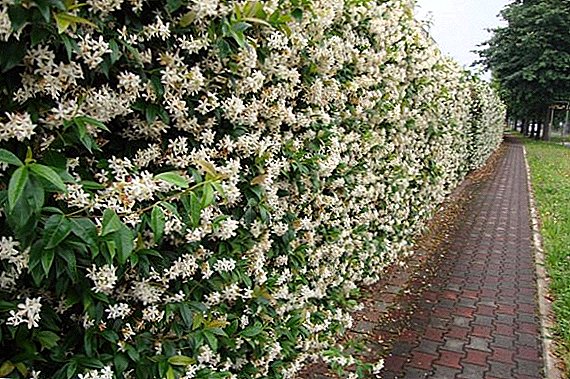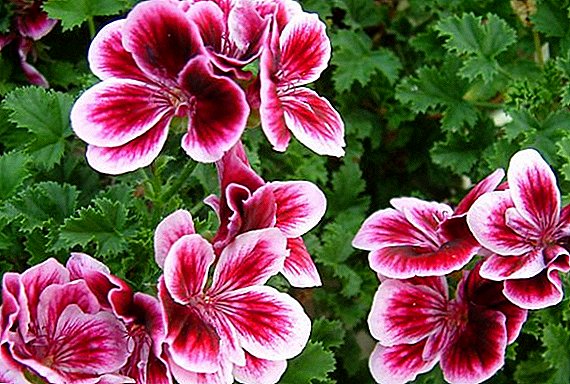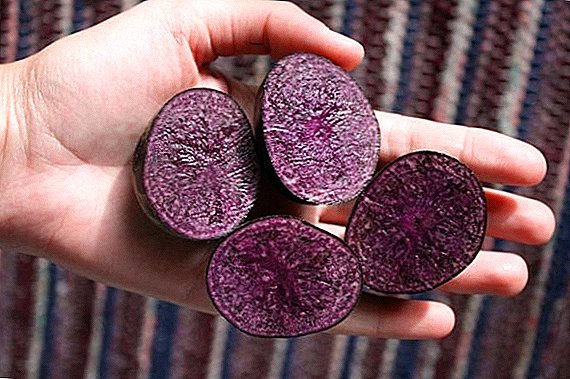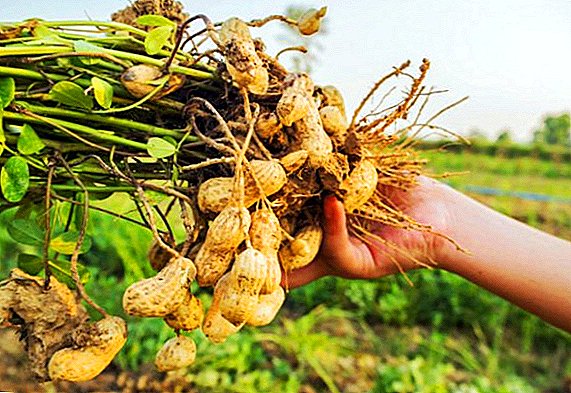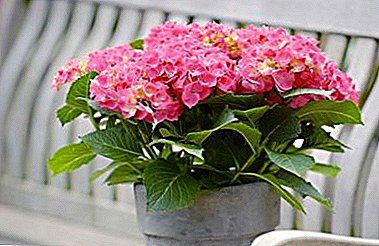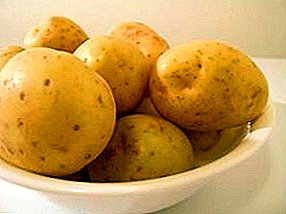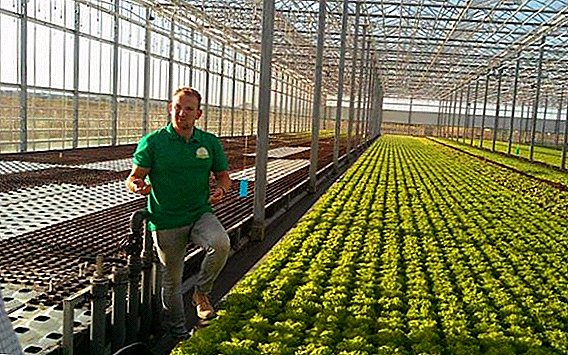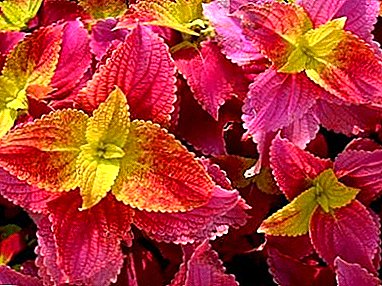
This low, up to a meter, plant with a ribbed tetrahedral stem and picturesque foliage was imported to Europe from the island of Java in two varieties: Coleus Blum and Coleus Vershaffelt.
The shape of the leaves is similar to nettle, so it received the popular name "nettle" or "nettle room", and the fantastic color is its main decorative value.
From the two initial species for many years of breeding, various varieties with foliage were obtained, whimsically combining green, red, maroon, and yellow shades.
Tropical coleus - flowers that are grown in room culture, as well as in open ground. In areas of the middle band, it is an annual that has been propagated indoors and planted in the ground in spring, when the threat of frost has passed.
In the photo you can see the indoor flower coleus in all its diversity:





In the fall, the plants are removed, and strong specimens, which will serve as a source of cuttings for the next summer season, are sent to the premises for wintering.
Home care
Novice gardeners often wonder how to care at home? Consider more.
Lighting
A bright, but mostly diffused light is needed, as the coleus leaves fade in the intense sun. The best lighting would bewindows facing east or west.
In the open ground optimal for plantingslightly shaded placesprotected from the wind.
Temperature
The best temperature rangesummer - from20 to 25 degrees.Provided sufficient watering plant easily tolerates higher temperatures.
In winter time he needs a period of rest when14-17 degrees; it withstands a short temperature drop to 10 degrees, and + 7-8ºС for a native of the tropics - the limit of survival.
ATTENTION: The plant must be protected from drafts and extreme thermal extremes.
In open ground Coleus plantedAt the beginning of June, butclean stillbefore the first autumn frosts.
Priming
 There are no specific requirements for the soil substrate Coleus: the ground must beslightly acid, loose, nutritious, with good air and moisture permeability.
There are no specific requirements for the soil substrate Coleus: the ground must beslightly acid, loose, nutritious, with good air and moisture permeability.
Can usefinished universal soil, a mixture of equal amounts of sod, leaf earth, humus and sand, orgarden land on the open area.
Planting and care at home
Containerfor landing maybestandard formwith obligatorydrainage hole. Since water stagnation is undesirable, it is better to choose porous materialceramics without a continuous layer of glaze.
At the bottom of the container must havedrainage layer small pebbles or haydite, then pour the soil, place the root system and fill the soil mixture to the desired level, gradually compacting it.
Planting and maintenance in the open field
Planting and care in the open field is not much different from indoor. In open ground, Coleus seedlings are placedat a distance of 30 cm from each other.
Transfer
Transplantedas you grow: young specimens annually, mature - less often, As a rule,with age coleus lose decorativeness; theirreplaced by younggrown from cuttings.
After the purchase imported plants are transplanted after a period of acclimatization, after 2-3 weeks, as they are sold in transporting soil, which has no nutritional value.
Watering
Wateredregularlysuresoft, not cold water; it is important not to allowno land drying and root systemno moisture stagnation in the soil.
In winter, in the rest season, at a temperature of 14-17 degrees and a short light day,watering frequency followsreduce.
Air humidity
 Summer coleus useful systematicspraying in the morning and evening, but not in the period when the plant illuminates the bright sun.
Summer coleus useful systematicspraying in the morning and evening, but not in the period when the plant illuminates the bright sun.
In winter pot with "nettles" put onwet pebble pan.
Top dressing
ATspring-summer time of active growth is fedtwo times a month diluted solution of full mineral fertilizer. In June, it is useful to strengthen the nitrogen component, and then use the usual complex mixture for decorative foliage.
ATwinter season feedingstop.
Growth and pruning
What if Coleus leaves fall? is he growing faststrongly drawn out, the lower leaves fall off and the plantloses decorative.
During the summer Bush "nettle" can be cut2-3 times; The plant readily branches and forms new young leaves with bright colors.
Waste after pruning is used for reproduction of coleus cuttings.
Bloom
The plant forms pale blue inflorescences, spikes, which in some varieties have a pleasant aroma. However, in comparison with bright multi-colored foliage, flowers look inconspicuous; besides, the power of the plant is spent on flowering.
Therefore, emerginginflorescences more oftenremove.
Breeding
Coleus breedvegetatively -cuttings as wellseeds.
Reproduction stem cuttings
 Use (from spring to autumn)cuttings about 10 cm long. You can apply pre-rooting of cuttings in water or immediately plant them in ordinary soil with additional addition of sand.
Use (from spring to autumn)cuttings about 10 cm long. You can apply pre-rooting of cuttings in water or immediately plant them in ordinary soil with additional addition of sand.
Planting cover with plastic wrap, kept warm (+18-20ºС), ventilate and moisturize, protect from sunlight.
After the formation of the root system and the formation of new shoots (in 8-10 days), cuttingsseated in separate containers with the usual soil mixture.
When growing coleusin the open ground harvest cuttingsin August-September, rooted and kept indoors in winter. In early June, the cuttings are planted on the site.
Seed propagation
This method is often used for growing seedlings in open ground, in one-year mode.
In March small seeds are placed on the surface of the soil mixture, slightly pressed, sprayed with water, covered with plastic wrap, aired, containin a shady place at a temperature20-24ºС.
Shoots appear no later thanIn 2 weeks. Then the crop is seton a well-lit window sill east or west window with temperature17-19ºС.
The video shows how to grow coleus from seeds at home:
After the formation of a motley pattern on the leaves of seedlings, they are planted in separate containers, and then, for intensive tillering, they pinch the top at a height of 10 cm.
Signs of trouble
Leaves lose color, shoots are drawn- lack of light, especially in winter. Additional lighting is required.
Leaves fade - an excess of bright light. The plant needs shading.
Leaves fall - overdrying or remoistening of the soil. You should optimize the watering mode.
Diseases and pests
Attention! Combinationhigh humidity and low temperature leads to developmentfungal infections.
 If the process has just begun, you should immediately optimize the temperature and humidity conditions and remove the damaged parts.
If the process has just begun, you should immediately optimize the temperature and humidity conditions and remove the damaged parts.
In the case of a strong defeat, you will have to root the cuttings, cut from healthy shoots, and keep them in appropriate conditions, and get rid of the rest of the plant.
Coleus can attackwhitefly, mealybug, aphid and spider mites. Pests are removed with a soap solution or cotton wool dipped in alcohol, but theeffective means -systemic insecticides.
Medical use
Relative of variegated "nettle" -coleus forskolia at home, in India and Indonesia, has long been used as a means of normalizing metabolism. Prepared from the roots of this plantForskolinwhich is used asweightloss remedy and balancing body weight - including bodybuilding.
Medical use of coleus in Tibet is part of coughing fees.
Thermophilic viable "nettle" with colorful foliage effectively decorates the bright window sills and open areas. Colorful leaves besidesproduce phytoncideswhich destroy pathogenic bacteria and actively heal the air of rooms decorated with coleus.



